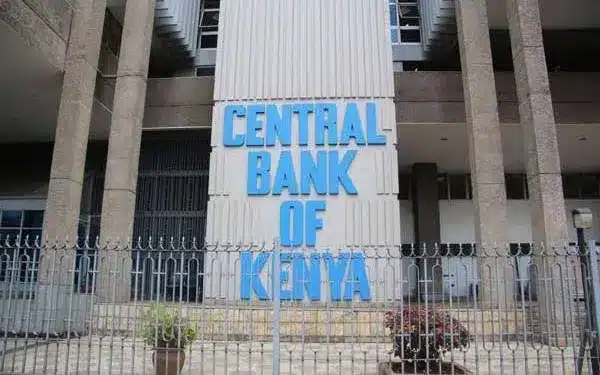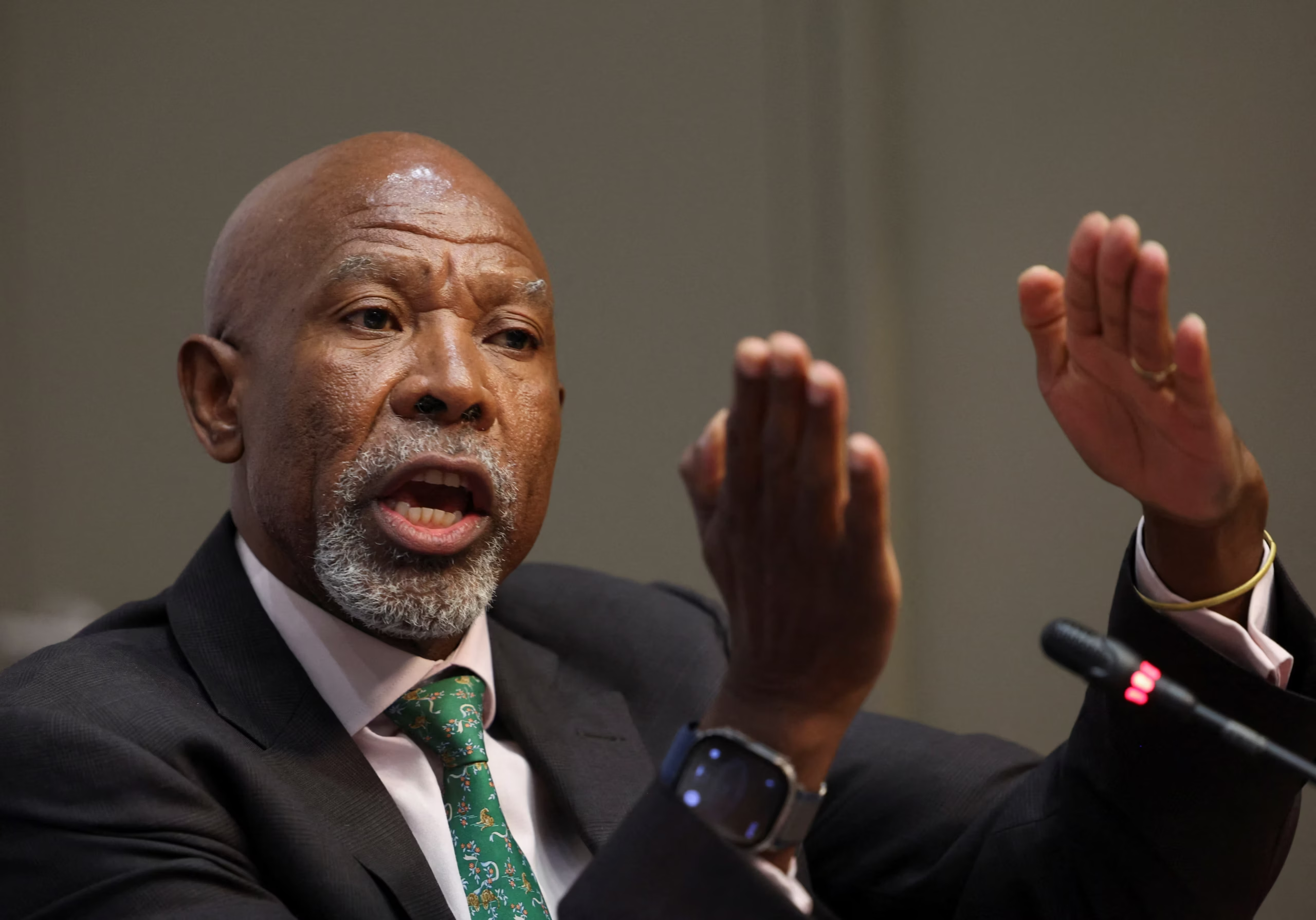The Central Bank of Kenya (CBK) has invited public comments on the draft CBK (Non-Deposit Taking Credit Providers) Regulations, 2025, in a bid to tighten oversight of credit providers operating outside the traditional banking system.
In a notice posted on its official social media platform X (formerly Twitter) on Thursday, the CBK announced a public consultation period that will run until September 5, 2025.
The proposed regulations aim to broaden the existing legal framework to include Non-Deposit Taking Credit Providers (NDTCPs)—a more comprehensive classification that replaces the previously used term, Digital Credit Providers (DCPs).
This regulatory shift stems from the CBK Act amendments under the Business Laws (Amendment) Act, 2024, which replaced “digital” with “non-deposit taking” to remove ambiguity and align terminology with broader market practices.
Originally introduced in 2021, the regulatory drive is part of Kenya’s long-term goal to develop a secure, resilient, and inclusive payments ecosystem that underpins economic growth.
The CBK first introduced DCP regulations in 2022 to tackle unethical lending practices such as exorbitant interest rates, aggressive debt collection, and data privacy violations. So far, 126 DCPs have been licensed. Despite this, the CBK says regulatory gaps persist, requiring a more robust and inclusive legal structure.
The new proposals also come amid broader loan pricing reforms in the banking sector. Recently, the CBK directed commercial banks to discontinue the use of the Risk-Based Credit Pricing Model, citing its failure to deliver on its intended objectives.
“The model has produced uneven results and, in some cases, unintended consequences,” the CBK noted.
Some banks used the model to justify excessively high interest rates or introduced charges outside the approved framework, prompting concerns over hidden fees and inconsistent borrower treatment.
As the CBK moves to bring non-deposit-taking lenders into the regulatory fold, both the public and investors will be watching closely for the next wave of policy changes designed to protect consumers and enhance market stability.










